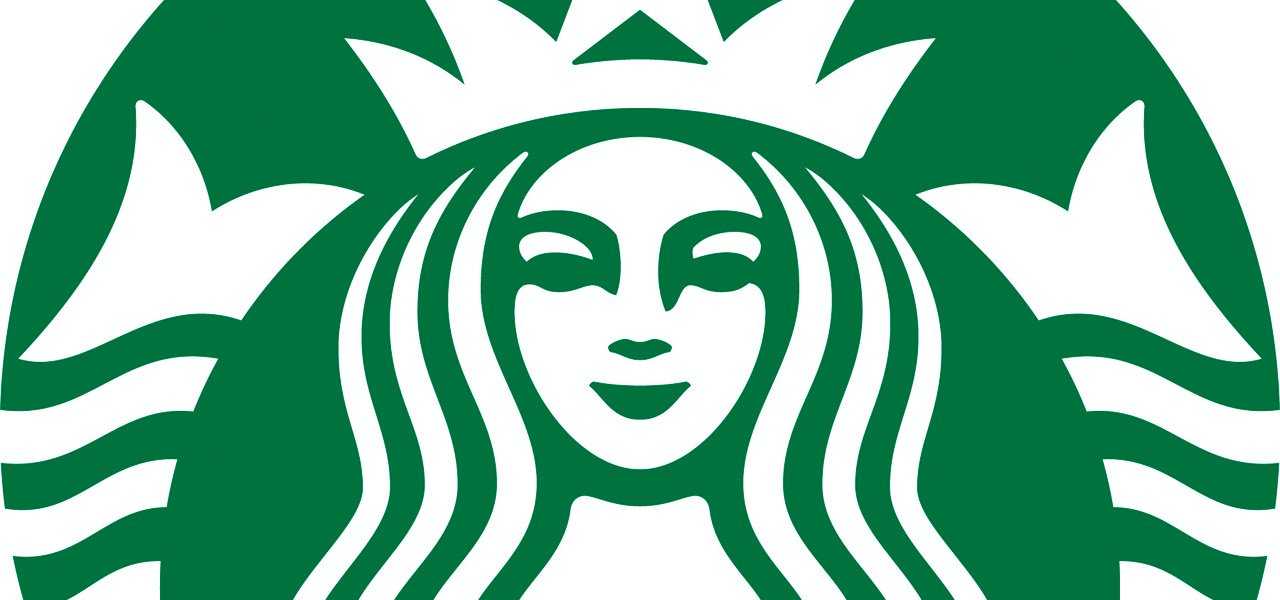by Wade Shepard*
“People come here,” stammered a worker at a Starbucks in Jiangsu province, “because it is expensive and lux . .. lux . . .”
“Luxurious?” I helped out.
“Yes, luxurious.”
She had just summarized a fundamental part of Starbucks’ recipe for success in China. Starbucks’ appearance in China in 1999 corresponded with the rise of a new urban white collar class who utilized the cafe chain both for utilitarian purposes — a place to meet, rest, and use clean toilets — as well as a way of flaunting their middle/ upper class status. Starbucks in China is taken to be an elite, cosmopolitan establishment — a place to be seen and to show off your Apple gadgets, designer handbags, and expensive clothes.
Likewise, the cafe chain’s stores tend to be located in prime, highly visible areas that have a lot of footfall, and many have floor to ceiling windows which give passerbys a good view of who is sophisticated and wealthy enough to be inside.
But can this attribution of high status continue as the cafe chain plans to more than double down on its presence in the country, increasing its stores from 1,900 to 4,400 over the next five years? Will putting a Starbucks “on every street corner” dilute the brand’s image as a premium establishment for an elite clientele?
“One reason [for their success] is that in the past, Starbucks’ drinks were more expensive than other coffee places, and the environment is very good,” said Ye Qiu, a resident of Ordos Kangbashi in western China.
“If you have a cup of coffee or have some cakes there, you take a photo, and post it on social media, your friends will think ‘He is rich, he can afford the expensive food’ or ‘He has good taste, he likes drinking coffee.’ This is just like how someone having an iPhone in the past meant that they wanted to show it to friends or others. But now, as people gain more money, Starbucks or iPhones are everywhere.”
A Starbucks logo is pictured next to a McDonald’s restaurant on July 28, 2014 in Shanghai. International food and beverage chains are losing their status and are becoming just a part of the normal landscape in China. AFP PHOTO / JOHANNES EISELE (Photo credit should read JOHANNES EISELE/AFP/Getty Images)
With the continued rampant rise of the Chinese white collar classes — Starbucks’ prime customers — the status that is derived from merely being able to go there has likewise diminished. Already, it seems as if Starbucks is virtually everywhere in the country, and Shanghai and Beijing are both in the global top ten of Starbucks saturation in the world.
“In Chinese, there’s a saying, làn dàjiē (roughly meaning worn-out street), which means that if everyone can have it, everyone has it, it is not special anymore,” Ye Qiu continued. “So if someone still posts a photo of drinking coffee in Starbucks, others will not think he is rich or has good taste, they think it is low.”
“The story KFC, McDonald’s, or Pizzahut in China can be quite similar [to Starbucks],” said Chen Lou, a manager of research at Jones Lang LaSalle. “10 years ago, these three fast-food chain were regarded as the “fancy” places to go. Parents would treat their children for a meal at KFC/McDonald’s/Pizzahut on special occasions like birthdays or a high score on a test. Now, these chains are still very popular, but as they continue to expand and appear on every corner in China, then they have become as mundane as the Chinese noodle restaurant next door.”
I asked Cody Chao, a medical student in Suzhou, if he felt as if the status of Starbucks in his country is starting to wan. “I think it’s starting to show,” he responded, “but nobody can challenge their influence so far.”
If Starbucks begins to lose its status as a premium outlet and a larger mass begins following the early adapters and look for their cafe fixes elsewhere, where would they go?
Starbucks has had a relatively easy go in China so far. They entered into a market that was devoid of competitors, gave the consumer exactly what they wanted right when they began wanting it, and “created modern café culture from scratch.”
Virtually uncontested, they were able to proliferate rapidly throughout the country and establish themselves as the go-to place to get a cappuccino or sweet tea drink, relax, and momentarily escape from the hectic city outside.
Now the situation is much different. Drafting on Starbucks’ success in China, a virtual inundation of other international cafe chains have entered the market. The UK’s Costa Coffee is rapidly opening stores, as is Hong Kong’s Pacific Coffee, South Korea’s Maan Coffee, Dunkin’ Donuts, and Taiwan’s UBC. There is also a rampantly growing boutique cafe movement that’s spreading across the country, which perhaps offers the biggest challenge to Starbucks’ dominance.
“A lot of cool boutique cafes have come onto the scene,” said Mark Tanner, the director of China Skinny, a Shanghai-based consumer research firm. “If you look at markets like NZ and Australia, these guys dominate and Starbucks are very uncool, and are closing stores in fact.”
These other cafes all tend to be similarly priced as Starbucks — or are even more expensive — and paying $5 for a latte is no longer a lavish expenditure that only the wealthiest tiers of the society can afford, but is just the expected amount that you will pay for a beverage in a cafe.


















